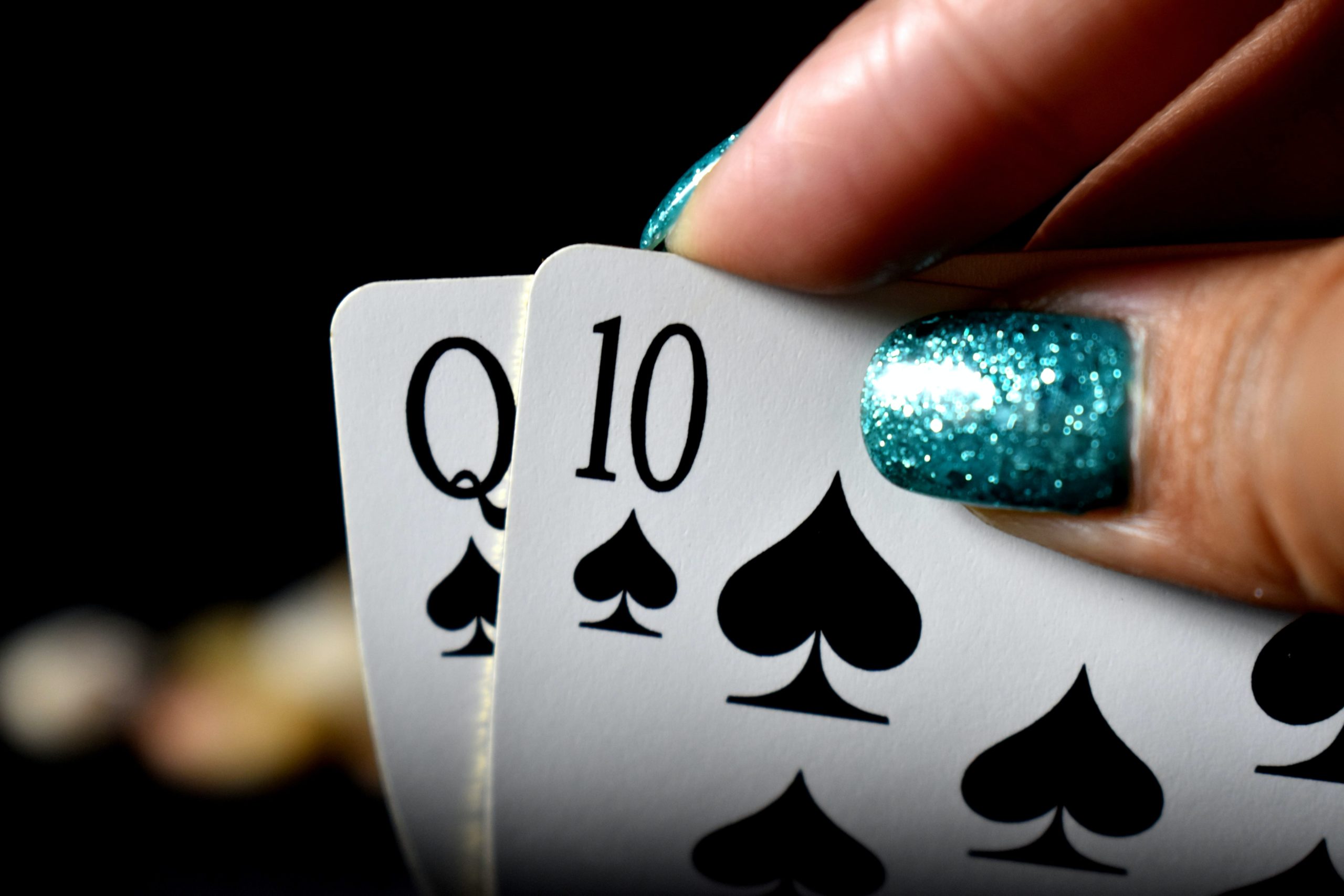Story Session: The Poker Face

Story Session Poker Face
We’re back with another edition of our Story Session activity.
A quick recap of where the Story Session activity came from–pretty much years of me teaching ineffective active listening classes and wanting to do something different. So I compiled a lot of pet peeves I had about listening and put them into this activity where someone tells us three minutes story and gets the group excited about a vacation they went on, talking about the sounds and the taste and the colors and the experiences and the rest of the group has a card that either has a good active listening technique or a not good active listening technique.
Then the interesting stuff ensues. We debrief and people get to experience what it’s like to be heard or not to be heard. With that experience, we really tap into the behavior change that’s needed to show someone that we are listening and to feel what it’s like to be heard.
Today’s card is card number 10, which means nothing to you but if you were in the group and got card number 10, your role would be to have a poker face for three minutes. During the story, you’re looking off into space. You’re fixated on a corner in the room. And while you’re not looking at the speaker, the card states, you are listening intently to anything everything that they’re saying. But there’s no recognition. There’s no curiosity. There’s no reaction whatsoever.
During one group, the storyteller was Paul. I went up to Paul afterward as I do. I said, “Paul, what did you notice? How did that work out for you?” and Paul was heated.
“Michelle, Michelle didn’t look at me the whole time she was totally checked out! She wasn’t paying attention! She didn’t care about what I said!”
He was angry. So I turned to Michelle, I said, “Michelle, now what card did you have?” She had card number 10. I said, “Well, cool. Can you tell us what you heard?” She proceeded to repeat back pretty much what Paul had said about his vacation. And he was shocked–he couldn’t believe that she had actually heard what he was saying.
This one is very interesting. So often when we’re talking, when we’re speaking when we’re doing a presentation when we’re teaching, wherever you might find yourself speaking to someone and they get that distant faraway look. Oftentimes we try to overcompensate. We think they’re checked out, we think that they’re not listening.
Then we think, “Oh, I’ve got it. I got to draw my point home or I got to get more animated. I got to tell more jokes!”
That’s one response when this is happening.
But that does a disservice not only to you, it gets us off track as the teachers as the talkers right? It gets us off track but it also does a disservice to everyone else in the room and often times they are listening.
They’re just processing. They’re taking it in. They’re not just doing the rote head nod, but perhaps you’re taking them to another place. Perhaps they’re absorbing it so much that they don’t need to respond.
Now I get the frustration but I also find it’s frustrating when you’re telling a story and someone seems to be checked out. You wonder if you’re connecting. But I’ve also found in my classes, inevitably it’s the person that looks totally not there with me that comes up afterward and they were like, “Amazing session! I learned so much!”
I think to myself, “Great. Could you have thrown me a bone, smiled once?”
Processors and people taking it in might not have that reaction.
Don’t let those poker faces throw you off. Go with the assumption that they’re absorbing it and continue to connect and tell your story to the rest of the group, knowing and hoping that everyone is taking something away from what you’re saying.

Join My List!
TIPS ON CREATING A “CULTURE OF CONNECTION”
Are you tired of reading the same regurgitated information? Do you want to learn
fresh, new connection tactics that your competition doesn’t know about? Just click the button below to subscribe today to get the latest news, updates and special offers.


0 Comments